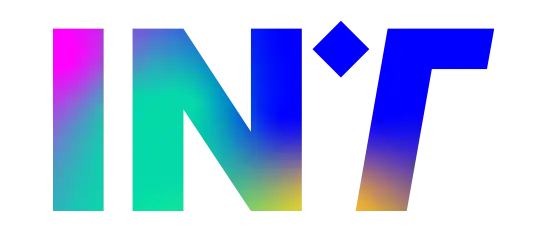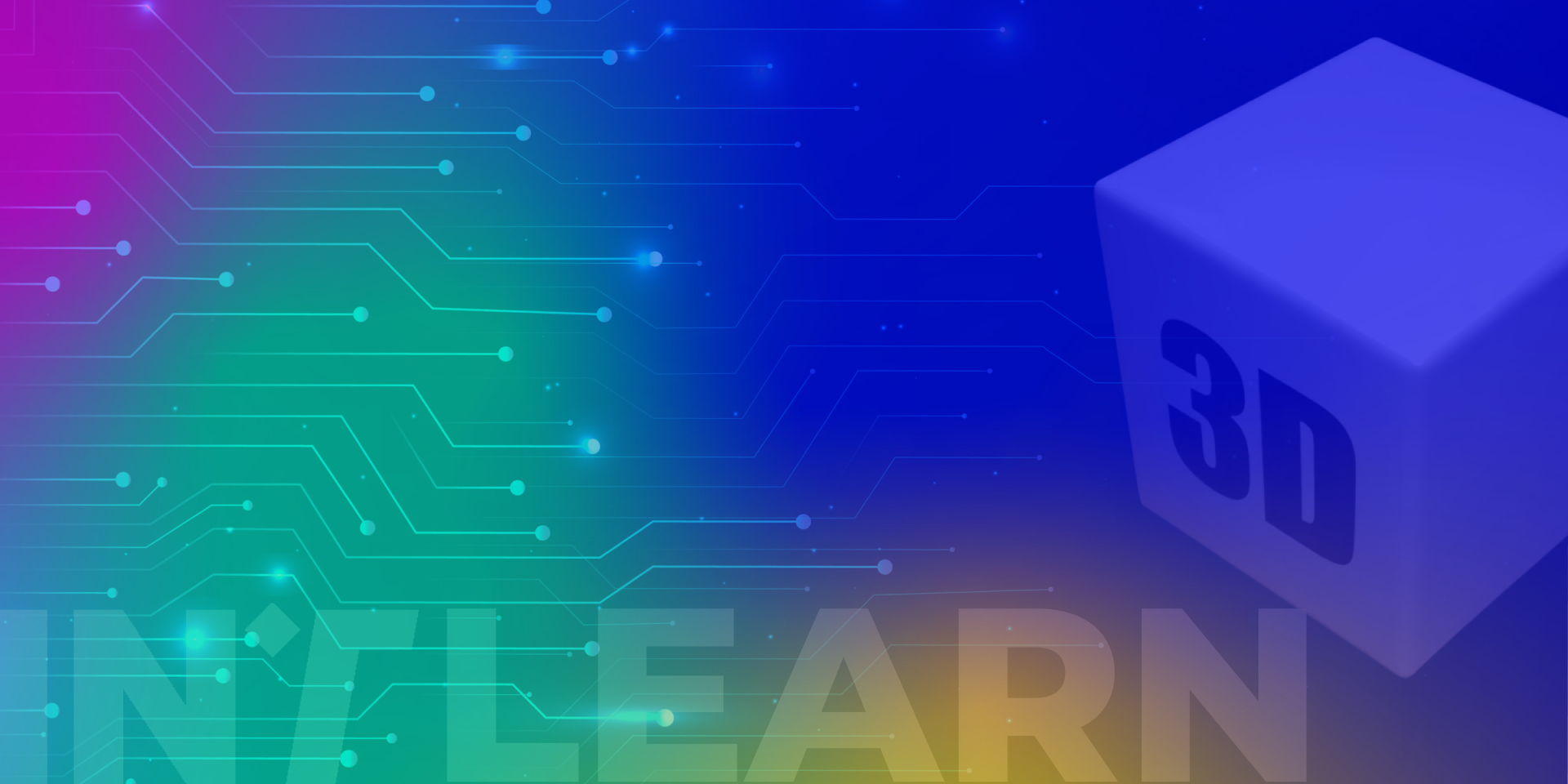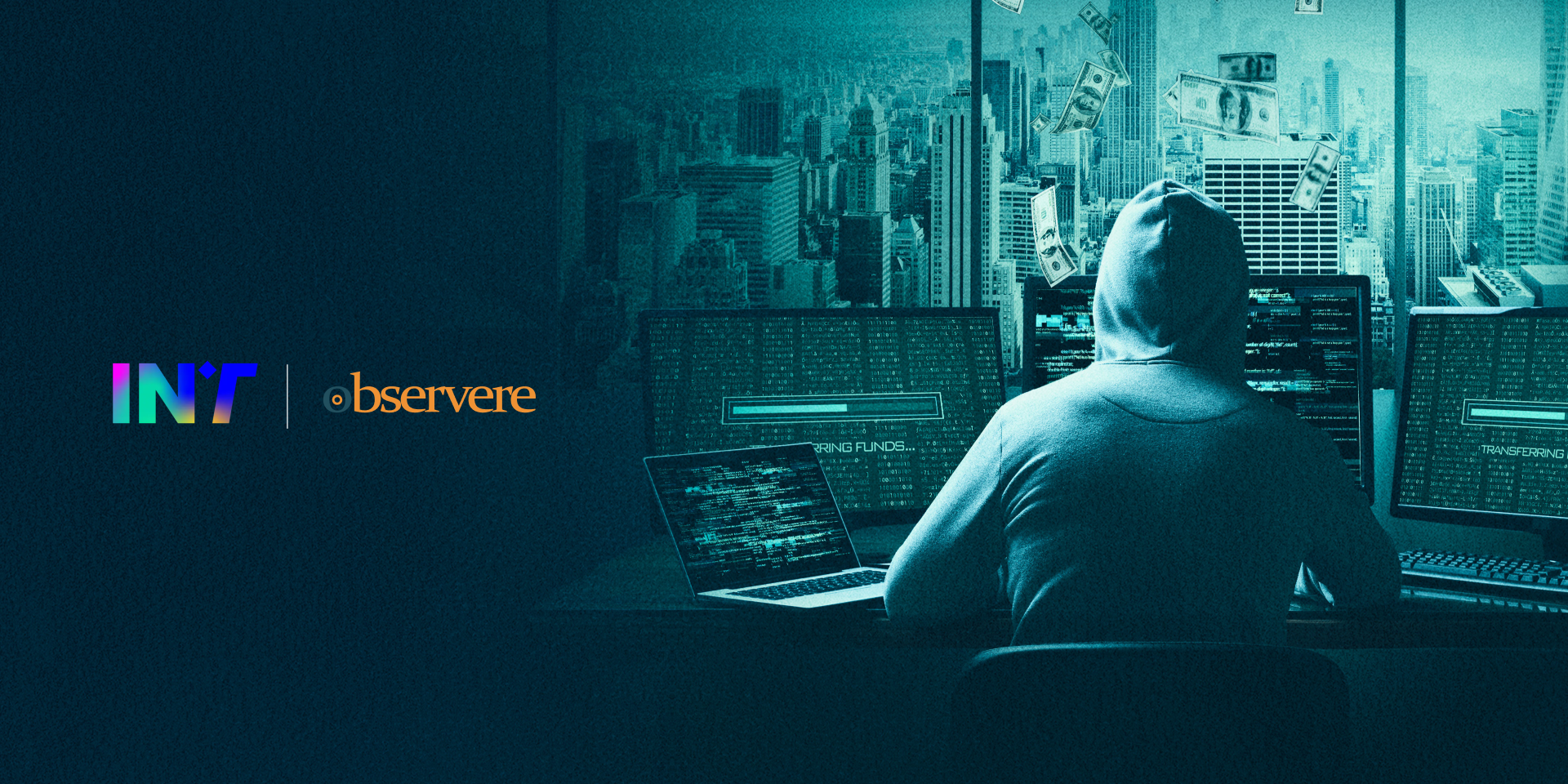History and fields of application of Avatar
Avatar: a graphical representation of a user within a digital environment, whether it be a video game, a social network, or a virtual world. This representation acts as a person’s delegate, allowing them to interact with the environment and with other users.
Its primary function is to provide a sense of presence and immersion, making the virtual experience more personal and recognizable.
In the computing context, the Avatar is the tool that allows us to be “seen” and distinguished from others, a fundamental medium for our digital identity. It can range from a simple two-dimensional icon to a photorealistic and fully animated three-dimensional model.
HISTORY
The term “Avatar” derives from the Sanskrit word avatāra, which indicates the descent of a deity to earth. Using of this term in the computing field is much more recent and saw its digital debut in 1986.
The company Lucasfilm, founded by George Lucas, developed a pioneering video game called Habitat, where customizable figures defined as “digital reincarnations” were created. Users could choose gender, accessories, and features, creating an early form of a digital copy of themselves to explore that new world.
Since then, the Avatar has evolved constantly, adapting to new platforms. Initially, in chats and forums, the avatar was little more than a static photo or a drawing with minimal customization.
Subsequently, with the advent of the first social networks and virtual worlds, the Avatar became three-dimensional and much more configurable.
Today, evolution is driven by social networks and Artificial Intelligence. Technology companies like Meta are pushing for the adoption of 3D Avatars as profile pictures and as interaction tools for the Metaverse. In parallel, artificial intelligence, like that used by Lensa AI, analyzes real photos to generate unique artistic portraits, taking Avatar creation to a new level.
FIELDS OF APPLICATION
The usefulness of the Avatar extends far beyond video games.
Currently, they are used in instant messaging systems to express emotions and reactions in a personalized way. Furthermore, they are used on social networks as our representative icon and in gaming to explore complex digital worlds.
According to many analysts, the Avatar will be the key tool of the Metaverse. In this future vision, the Avatar will not just be an aesthetic representation, but will become a unique container for our digital identity.
The real qualitative leap will occur with interoperability: the ability of our Avatar to move freely between different virtual realities.
In this scenario, it will carry our history, our digital assets, and our rights, functioning similarly to an identity document in the real world.





